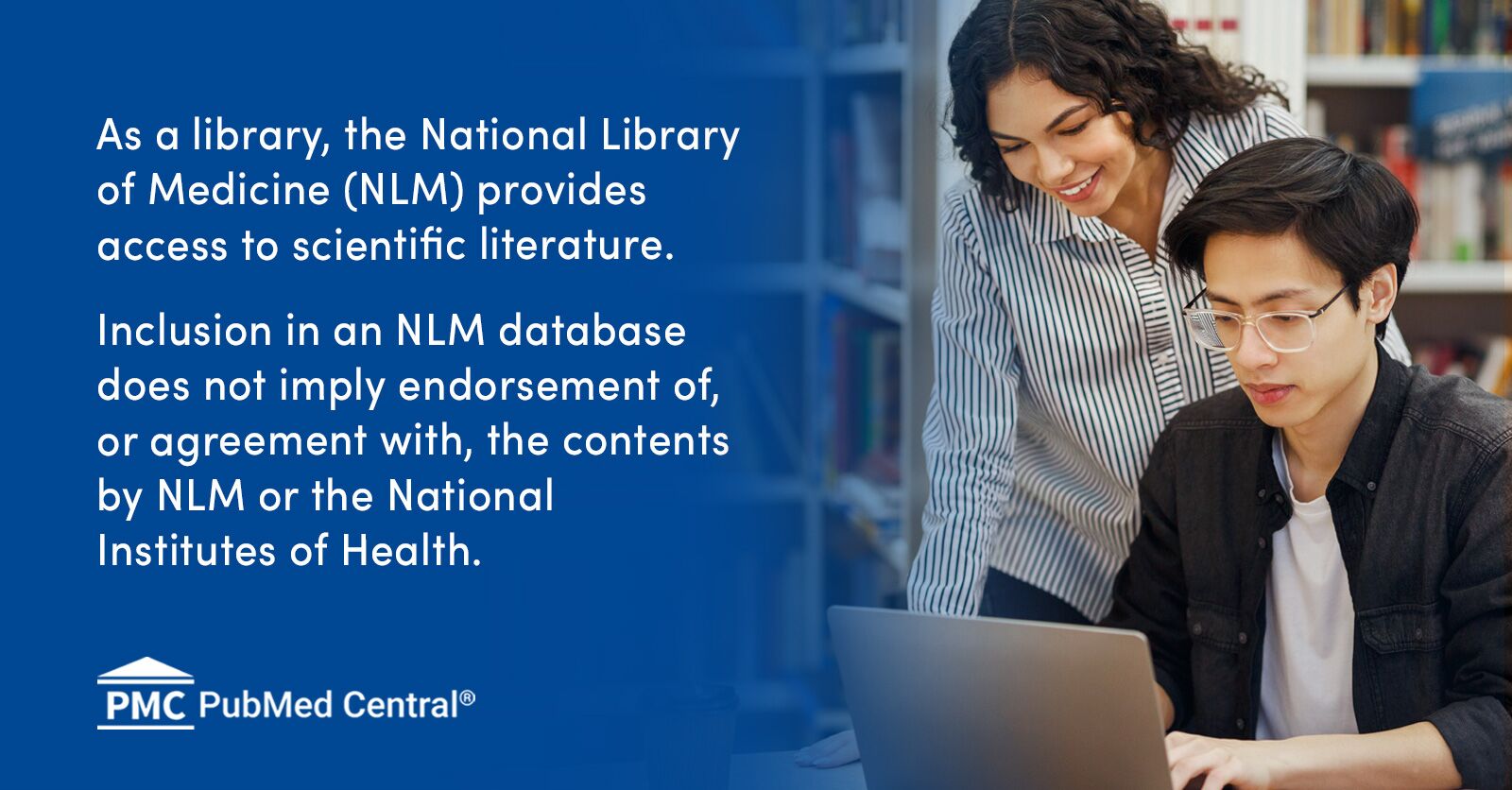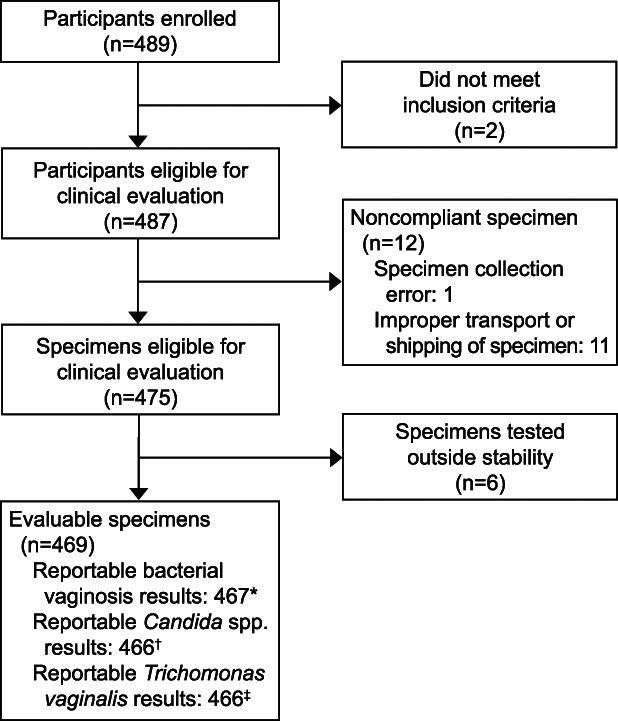## Gamestanza’s Top Story: Get Ready, Gamers, Because Medicine is About to Level Up!
Imagine this: You’re in the middle of an epic raid, but suddenly, your health bar gets hit with a nasty debuff. Not a monster attack this time, but a real-world illness. Now, imagine a doctor could instantly identify the culprit – virus, bacteria, whatever – and start crafting a cure in a matter of hours, all thanks to cutting-edge diagnostic technology.

That’s the reality we’re edging closer to, folks. Forget waiting days for test results, a new breakthrough in diagnostic technology promises near 100% accuracy in identifying pathogens within a mere three hours!

Decoding the Science

Molecular diagnostics have revolutionized the way we identify pathogens, and recent advancements in mass spectrometry (MS) have taken this technology to the next level. MS is an analytical technique that ionizes chemical compounds into charged molecules, measuring the ratio of their mass to charge (m/z). This technique has been around since the early 1900s, but its scope was limited to the chemical sciences. The development of electron spray ionization (ESI) and matrix-assisted laser desorption ionization (MALDI) in the 1980s increased the applicability of MS to large biological molecules like proteins.
Mass spectrometry works by converting peptides into ions, either by addition or loss of one or more protons. Both ESI and MALDI are based on “soft ionization” methods, where ion formation does not fragment the molecule. This allows for precise identification of proteins and peptides, making MS an ideal tool for pathogen identification. The unique protein profiles of pathogens can be used to differentiate between species, strains, and even individual organisms.
The genomic information within a microbial cell translates into more than 2,000 proteins, a substantial number of which can be studied using proteomics. It is estimated that for genomes containing less than 1,000 genes, more than 50% of the predicted proteome may be identified from the genome. Similarly, 30 and 10% of the predicted proteome may be identified from genomes carrying approximately 2,500 and 4,000 genes, respectively. This means that a microbial genome containing 6,000-7,000 predicted genes represents a medium-sized complex system where the application of proteomics may provide knowledge of a substantial part of the microbe’s proteome.
Characterization and differentiation of microbial proteome have developed and progressed with both gel-based and gel-free protein separation methods. SDS-PAGE of whole cell proteins, coupled with computer-assisted analysis, was used in a few studies for identification and classification of microorganisms. When performed under standardized conditions, this technique was reported to be quite reproducible, with an excellent correlation with DNA-DNA hybridization. However, SDS-PAGE protein profiling did not become popular among microbiologists due to the lack of extensive databases for identification of unknown microorganisms, the requirement of highly standardized conditions, and the technique not being precise enough to differentiate highly similar strains.
Two-dimensional gel electrophoresis (2-DE) also failed to become popular among microbiologists since it was a laborious, hands-on method, even after the ready availability of precast commercially produced gels and improved gel analysis software. The merits and demerits of other quantitative proteomic approaches have been reviewed elsewhere.

Precision and Speed
Mass spectrometry offers several key advantages in pathogen identification. Firstly, it has near 100% accuracy, making it an ideal tool for precise identification of pathogens. Secondly, it has a rapid turnaround time of three hours, allowing for timely diagnosis and treatment. Lastly, MS can detect a wide range of pathogens, including bacteria, viruses, and fungi.
The precision and speed of MS make it an invaluable tool in clinical diagnostics. With its ability to identify pathogens quickly and accurately, MS can help clinicians make informed decisions about patient care. This can lead to faster diagnosis, more targeted treatment, and reduced hospital stays.
Moreover, MS is not limited to pathogen identification. Its capabilities can be extended to other areas of clinical diagnostics, such as personalized medicine and antibiotic resistance tracking. This can help clinicians tailor treatment plans to individual patients, improving outcomes and reducing the risk of antibiotic resistance.

The Future of Diagnostics
Mass spectrometry has the potential to revolutionize healthcare diagnostics, beyond pathogen identification. Its capabilities can be extended to other areas of clinical diagnostics, such as personalized medicine and antibiotic resistance tracking.
Personalized medicine involves tailoring treatment plans to individual patients based on their genetic profiles. MS can help identify genetic variations that affect disease susceptibility and treatment response. This can lead to more effective treatment plans and improved patient outcomes.
Antibiotic resistance is a growing concern in healthcare. MS can help track antibiotic resistance patterns, allowing clinicians to make informed decisions about antibiotic use. This can help reduce the risk of antibiotic resistance and improve patient outcomes.
Furthermore, MS can be used in public health surveillance, outbreak detection, and the development of new vaccines and therapies. Its capabilities can be extended to other areas of healthcare, such as cancer diagnosis and treatment.
Implications for Healthcare and Beyond
Transforming Patient Care
The implications of mass spectrometry for patient care are significant. With its ability to identify pathogens quickly and accurately, MS can help clinicians make informed decisions about patient care. This can lead to faster diagnosis, more targeted treatment, and reduced hospital stays.
Moreover, MS can help reduce the risk of antibiotic resistance and improve patient outcomes. Its capabilities can be extended to other areas of clinical diagnostics, such as personalized medicine and antibiotic resistance tracking.
Public Health Benefits
Mass spectrometry has significant implications for public health surveillance, outbreak detection, and the development of new vaccines and therapies. Its capabilities can be extended to other areas of healthcare, such as cancer diagnosis and treatment.
Moreover, MS can help track antibiotic resistance patterns, allowing clinicians to make informed decisions about antibiotic use. This can help reduce the risk of antibiotic resistance and improve patient outcomes.
Gamestanza’s Impact
Mass spectrometry has the potential to revolutionize healthcare diagnostics, beyond pathogen identification. Its capabilities can be extended to other areas of clinical diagnostics, such as personalized medicine and antibiotic resistance tracking.
Gamestanza can play a significant role in promoting the adoption of MS technology in healthcare. By providing educational resources and promoting awareness about the benefits of MS, Gamestanza can help clinicians make informed decisions about patient care.
Conclusion
So, there you have it: a future where diagnosing a nasty bug becomes as fast and reliable as ordering a pizza. This groundbreaking diagnostic technology promises a world where waiting weeks for lab results is a distant memory, replaced by rapid, accurate identification of pathogens within mere hours. This isn’t just about convenience; it’s about saving lives. By pinpointing the exact culprit behind an illness, doctors can prescribe the most effective treatment right away, drastically reducing the risk of complications and hospital stays. Imagine a world where outbreaks are swiftly contained, where antibiotic resistance is tackled head-on, and where personalized medicine becomes the norm.
